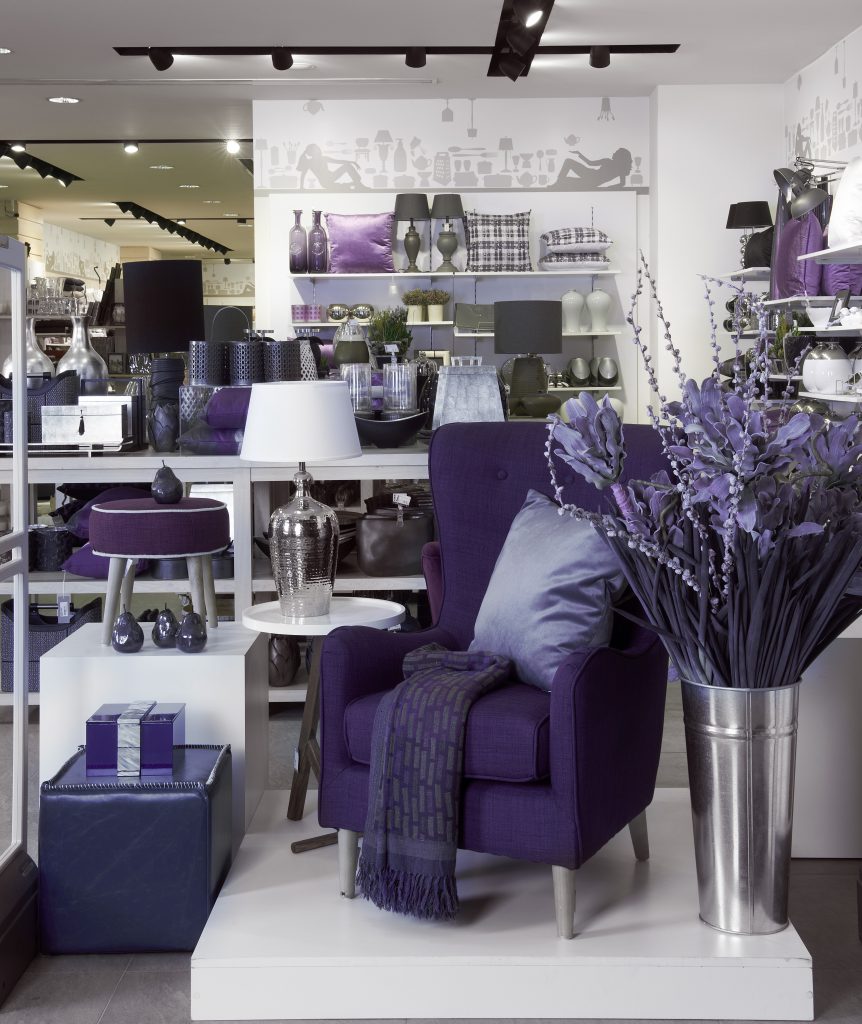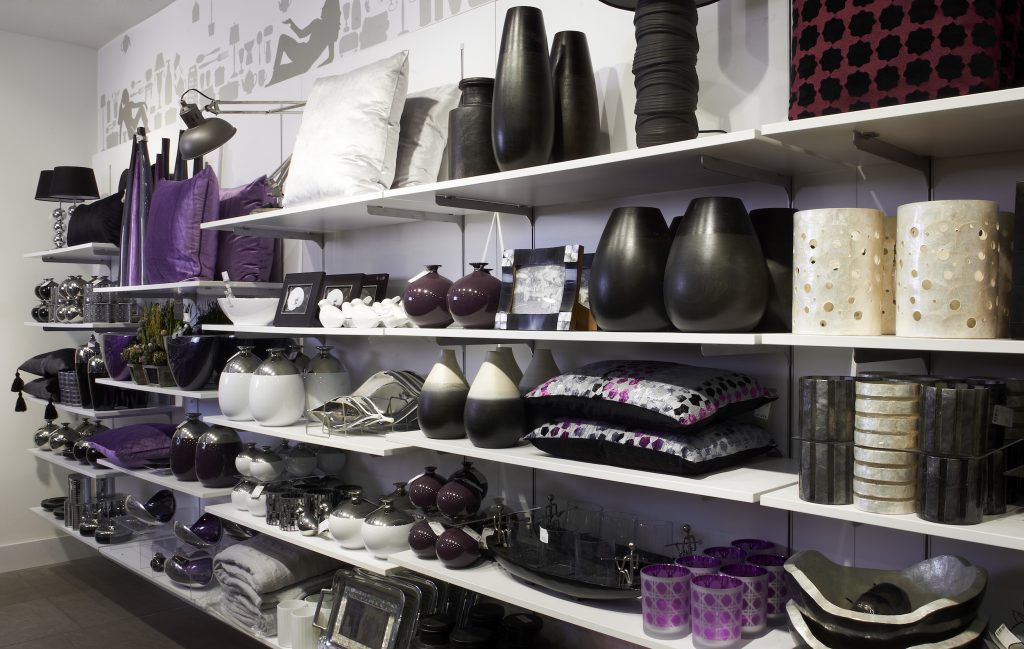by Martin M. Pegler

I recently received a copy of a popular trade magazine, Chain Store Age, that had these words blazoned across the cover: “REIMAGINED STORES.” Though I am not really that active in my chosen field—I am like the proverbial old-time fire horse, let out to pasture, who still responds to the fire alarm sound though the horse has been replaced by trucks—my interest aroused, I quickly turned to page 18 where the story began and, with magic marker in hand, began to read.
It turned out to be a series of mini articles written by retailers, store designers and branding specialists as to what the store of the very near future will look like. The introduction summed it up: “The age of brick and mortar is far from over, but the rules of the game are changing fast. Going forward, most retail stores will no longer have the luxury of just selling products. Determining and filling a larger purpose, and shaping the physical space to it, will be essential.”
Now, by nature and life-long practice, I am a display person, a visual merchandiser, a being who strongly believes in PRESENTATION, how you SHOW is how well you sell. And, as a college professor for over 30 years with thousands of students who I hope I indoctrinated with my beliefs, I perused the assorted statements looking for where my “disciples” fit in the new store design scheme. Not surprisingly, there was no mention of visual merchandising or display, yet there were references to “showroom concepts” where fewer items would appear on the floor, but the ones that were would allow shoppers to touch, try and/or taste the offering. Ken Nisch, chairman of the JGA design group, in his contribution called for a “gallery” that would “showcase” the products.

Who designs a showroom or a gallery? The architect or store planner. But, who arranges the pieces that tell the story simply and succinctly and stylishly? If your goal is to create a giant “walk-in closet,” as called for in another contribution, it takes the talents of a visual merchandiser or merchandise presenter to plan and configure this space. It doesn’t just happen—especially not if you want it to be attractive and effective.
Jill Standish of Retail Accenture visualizes the store as “a showcase for discovery and engagement for the brand” and “consumers may use the store for ideas and inspiration.” There is no mention as to who or how the “showcase” will be turned into an inspiring, idea-enriched presentation of product.
The assorted contributors to the article agreed that the future store will be the place for people with well-developed thumbs. The next generation of retail stores will be technological playgrounds full of special devices, stores for the app-adept and computer-minded consumer.

In a next generation store, you won’t have to get undressed to see yourself in the new garment. A new device will show you how you will look. You are only a few taps on a convenient tablet from ordering and paying for this illusionary outfit. While waiting for your package to miraculously appear, you can sink into a comfortable sofa in the communal area and listen to some music, check out the artwork of a local artist, get information about the surrounding area, visit with a fellow shopper or catch up on some calls you missed. The store of the future will be heavily involved with place and community and designed to be more than just a retail setting.
BUT, whatever you are selling and how you are selling it will be geared to a techno-sophisticated audience. From the people who offered their visions of the future of retail, there were several well-known and respected retail store design firms, so we know that physically the spaces can be designed and technologically furnished with ever evolving time-saving elements.
Who is going to make it work? Who has the talent, the creative imagination to turn a wall into a “gallery” of fashion? Who is going to turn a “giant walk-in closet” into an apartment or home that is furnished in a particular lifestyle?
Now, more than ever before, the visual presenter—the display person—is and will be needed to handle the merchandising requirements of these stores that are already being planned and, in some ways, prototypes are being built. To “sell” products and at the same time promote the brand requires imagination, flair, the ability to communicate without words and the talent to combine them all as needed.
Maybe the stores of the future will not need a person to stack the volume of products available on shelves or floor fixtures because we will no longer shop that way. However, we will need someone with the ability to put together vignettes or lifestyle arrangements that show what can go with what and suggest alternative accessories. Imagine a gallery of homewares products arranged by lifestyle along one wall with slide in or drop in panels with alternatives, or a showroom where fully dressed and accessorized mannequins stand before artwork panels suggesting places to go or things to do in the outfits on view.

Now, put the client or customer in front of the display presentation with an iPad or tablet, picking and choosing the items he or she likes or would like to try on, or purchase. In the latter instance, the client then fills in the required information and retires to the communal area to comfortably wait until the order is ready for pick up as the client exits. If it’s to try-on, then the shopper enters into the specially equipped booth—stands before the “magic” mirror—feeds in the desired outfit numbers on the tablet provided and soon sees her or himself “dressed” in the selected garments. The consumer can change outfits or colors by just thumbing in the new numbers, or connect with a salesperson if there is a question that needs to be answered. That is how we will be shopping in the near future—or is it?
In some ways this feels like shopping many, many years go when there were catalogue stores. Instead of products on display there were catalogues to peruse and order forms to fill out. There were little or no samples to touch/try/taste. There was nothing to feel but the worn out pages of the raggedy catalogues. Then there was the endless wait for the Wells Fargo wagon to come and bring you your long anticipated purchase.
In comparison, our future looks more interesting, definitely more exciting and even eventful. And, with good visual presentation and displays, much more attractive and entertaining. So, take care of your thumbs—keep them limber—exercise them daily—and look forward to new adventures in retail.
Read the next Inspiration Magazine article: Inspiring the Industry: Katrina Markoff


